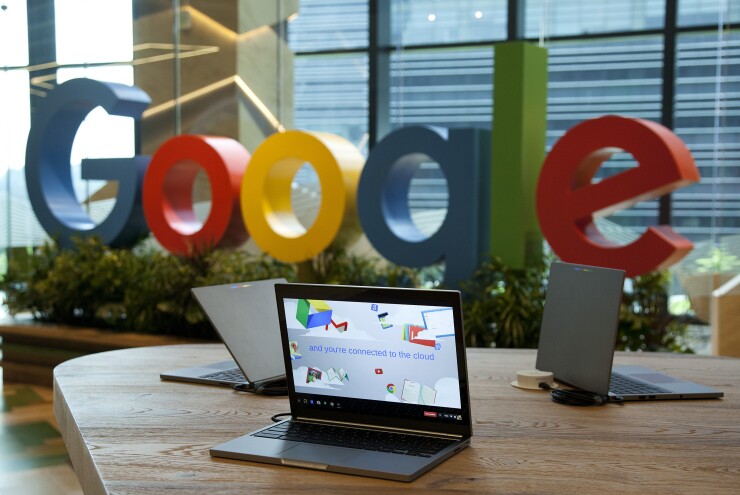At the recent Google Marketing Next event in San Francisco, Google revealed a new service designed to close the loop between online advertising and offline card payments. It's a service that should have marketers salivating, but it could easily backfire.
Called ‘Google Attribution’, the system aims to end ‘last click attribution,' the practice in marketing of attributing the purchase to the last advertising touch point that a customer makes, and instead provides a more holistic data driven model to provide a 360 degree view of all of the touch points down to the final purchase.
Google also shared some
This news raises red flags regarding how the ubiquitous Google will handle consumer privacy and transparency around data capture.

Why so important to Google?
For all the noise around Google’s innovation in home assistants and self-driving vehicles, it is worth remembering just how important advertising is for the company’s bottom line.
According to the most recent
It is also worth noting just how sought after this form of tracking is for marketers.
In a
If they don’t, it is entirely possible that marketers will move on to third parties that can provide them with what they so desperately need, albeit in a more piecemeal form.
What’s in the black box?
Details were scant on how that Google will connect advertising to payments.
Babak Pahlavan, senior director of product management for analytics measurement at Google
Tom Noyes of Commerce Signals provides a more specific take on the identity of these third party data partners
The privacy conundrum
Google is between a rock and hard place in terms of delivering consumer products and services that are trusted and widely used, but also is satisfying marketers' demands for high specificity consumer data.
Alienating either one effectively kills their business model.
To placate consumers, Google stresses that Google Attribution is not a threat to personal privacy since measurement of store visits will be aggregated and anonymized and no location data will be shared with advertisers. However, this may not go far enough to provide the level of granularity for Google Attribution to catch light, or to encourage end user trust.
Further, the service is in beta and only available in the US.
Increasingly stringent data protection regulation could seriously stifle adoption overseas, particularly in the EU where the
The regulation states: “Companies will no longer be able to use long illegible terms and conditions full of legalese, as the request for consent must be given in an intelligible and easily accessible form, with the purpose for data processing attached to that consent. It must be as easy to withdraw consent as it is to give it.”
Such a requirement for transparency could be a serious impediment in Google’s aspirations to close the marketing circle.





